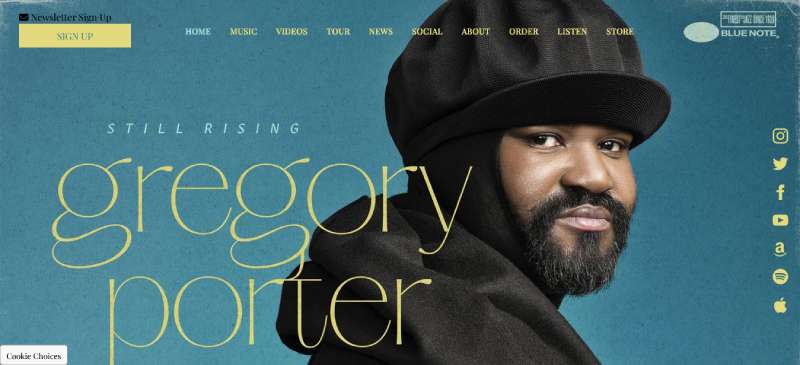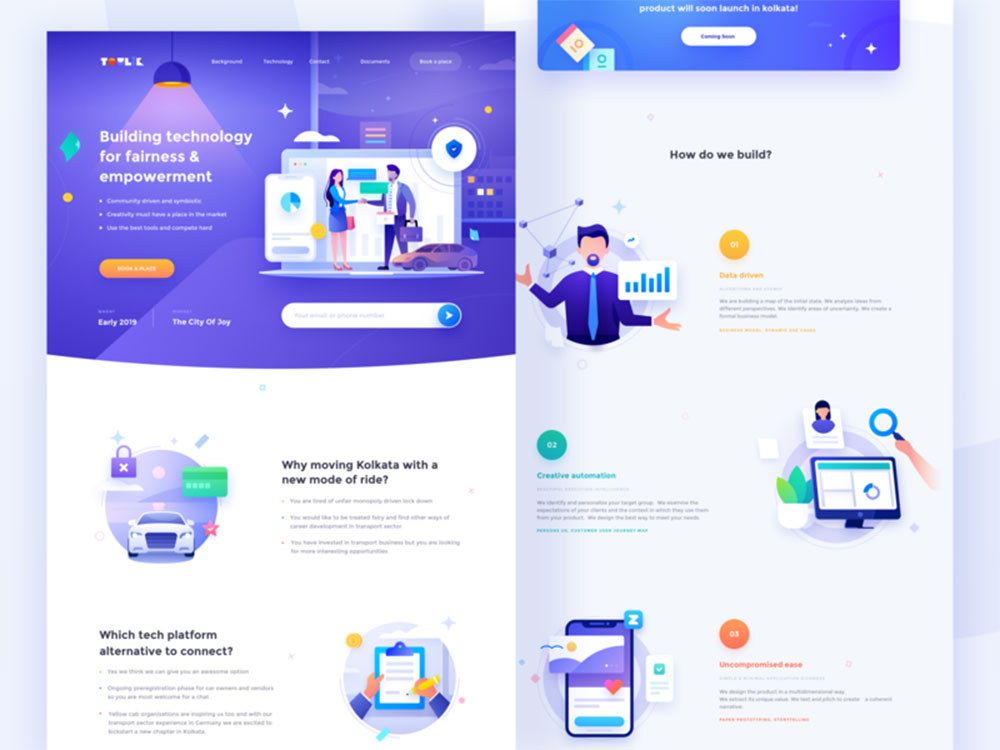Income Verification for Freelance Designers: Navigating the Maze with Best Practices and Tools

In the dynamic world of freelance design, financial stability can sometimes feel like an art form in itself. Unlike traditional employees who receive a W-2 form outlining their annual income, freelance designers must navigate a more complex process when it comes to income verification. Whether you’re applying for a loan, renting an apartment, or planning significant financial moves, proving your income’s consistency and stability is paramount.
However, fear not. With years of evolution, the freelance economy has given birth to several best practices and tools that can simplify income verification. By adopting these, freelance designers can substantiate their earnings legitimately and efficiently, ensuring they don’t miss out on opportunities.
Understanding the Importance of Income Verification
Firstly, it’s crucial to understand why income verification is a significant hurdle for freelancers. Financial institutions and potential landlords see freelancers as high-risk clients because their income may lack the consistency and predictability of traditional salaried employees. Income verification acts as a reassurance, a form of financial vetting, convincing these entities that you’re capable of regular payments, be it in the form of rent or loan installments.
Best Practices for Verifying Your Income
- Meticulous Record Keeping: The cornerstone of income verification is having detailed and accurate records. As a freelance designer, ensure you’re filing away copies of all contracts, payment agreements, and invoices. Not only does this make income reporting easier at tax time, but these documents also serve as proof of income.
- Professional Invoicing: Using professional invoicing services or software helps organize your earnings. These digital platforms can automatically generate necessary financial statements and reports, making it easier to provide official documentation of your income when required.
- Regular Financial Reporting: Create regular financial reports (monthly, quarterly, and annually). These reports should detail your income, the nature of your work, and any outstanding receivables. Regular reporting not only keeps you in tune with your business performance but also prepares you for unexpected income verification requests.
- Maintaining a Solid Work Contract: A detailed work contract with your clients can sometimes stand in as a part of your income verification. These should outline the scope of work, payment amounts, and the duration of the contract. Long-term contracts may help demonstrate income stability.
Tools for Simplifying Income Verification
In this digital age, freelance designers have a plethora of tools at their disposal to ease the income verification process. Here are a few you should consider:
- Accounting Software: Tools like QuickBooks, FreshBooks, and Xero are designed for ease of use in tracking income, expenses, and generating financial reports. These software solutions are perfect for freelancers who prefer to manage their bookkeeping. By using these tools, you can generate reports that serve as income verification, showcasing your financial history and stability.
- Invoicing Tools: Platforms such as PayPal and Due offer professional invoicing services, ensuring that all your income is recorded in one place. They provide transparent transaction histories, which can be beneficial during income verification processes.
- Budgeting Apps: While primarily for personal use, budgeting apps like Mint and YNAB can be useful for freelance designers. By tracking your income and categorizing your expenses, these apps help you understand your financial health and assist in creating reports that reflect your income.
- Using a Certified Accountant: Sometimes, the best tool is a professional who knows the ins and outs of financial management. Certified accountants can not only manage your books but also act as verifiers of your income. They can create attested financial statements, lending credibility to your reports during income verification.
Creating Authentic Paystubs: Bridging the Traditional Gap
In the realm of income verification, one document often stands as the undisputed champion: the paystub. It has been a traditional beacon of financial stability and regular income. However, unlike individuals in standard employment, freelancers, including designers, don’t receive this piece of paper. So, how does a freelance designer go about this?
Freelance designers can generate authentic and accurate paystubs for themselves through online services like ThePayStubs. Here’s why and how you should do it:
- Familiarity and Trust: Paystubs are familiar documents for landlords, lenders, and institutions; they sometimes trust them more than profit-and-loss statements. They show not just how much you earn but also how regularly you earn it, which can be key to proving financial stability.
- Ease of Generation: With online paystub makers, you enter your earnings, tax deductions if any, and other relevant information, and the service instantly creates a paystub proving your income. It’s a small investment making your freelance business appear more structured, especially in the eyes of financial entities.
- Accuracy is Key: When using any paystub generation tool, honesty is non-negotiable. Only enter verified income and legitimate deductions, as fabricating this document can lead to severe legal repercussions. Remember, these tools are designed to formalize your income reporting, not to manipulate it.
- Consistency in Record-Keeping: If you opt to use paystubs, it’s essential to generate them consistently. Whether you do it bi-weekly or monthly, a regular history of paystubs can provide a solid base for your income verification, reflecting a stable earning pattern, much like that of an employed individual.
- Complementary Proof: While paystubs are powerful, they shouldn’t stand alone in your financial portfolio. Use them alongside your contracts, invoices, and financial statements. This practice shows thorough financial responsibility and presents a full picture to anyone reviewing your income.
Utilizing services like ThePayStubs simplifies this process, ensuring that you have professional, accurate, and understandable paystubs. By providing this familiar format, you bridge the gap between the traditional employment income proof and the more complex, varied nature of freelance income, thereby enhancing trust with financial entities.
Conclusion
Income verification need not be a stumbling block for freelance designers. With meticulous financial habits and the right tools, you can provide solid proof of your income, allaying the fears of lenders, landlords, and any other entities requiring verification.
The world is increasingly recognizing the value and legitimacy of freelance work. However, the onus is on freelancers to adopt professional practices that safeguard their financial reputation. By taking control of your financial records, using technology to your advantage, and occasionally enlisting the help of professionals, you can demystify the income verification process and focus on what you do best—unleashing your creativity.
- Deep Dive: Sea Color Palettes for Tranquil Designs - 3 May 2024
- The Stella Artois Logo History, Colors, Font, And Meaning - 2 May 2024
- Sky Color Palettes for Fresh Designs: 40 Examples - 2 May 2024









